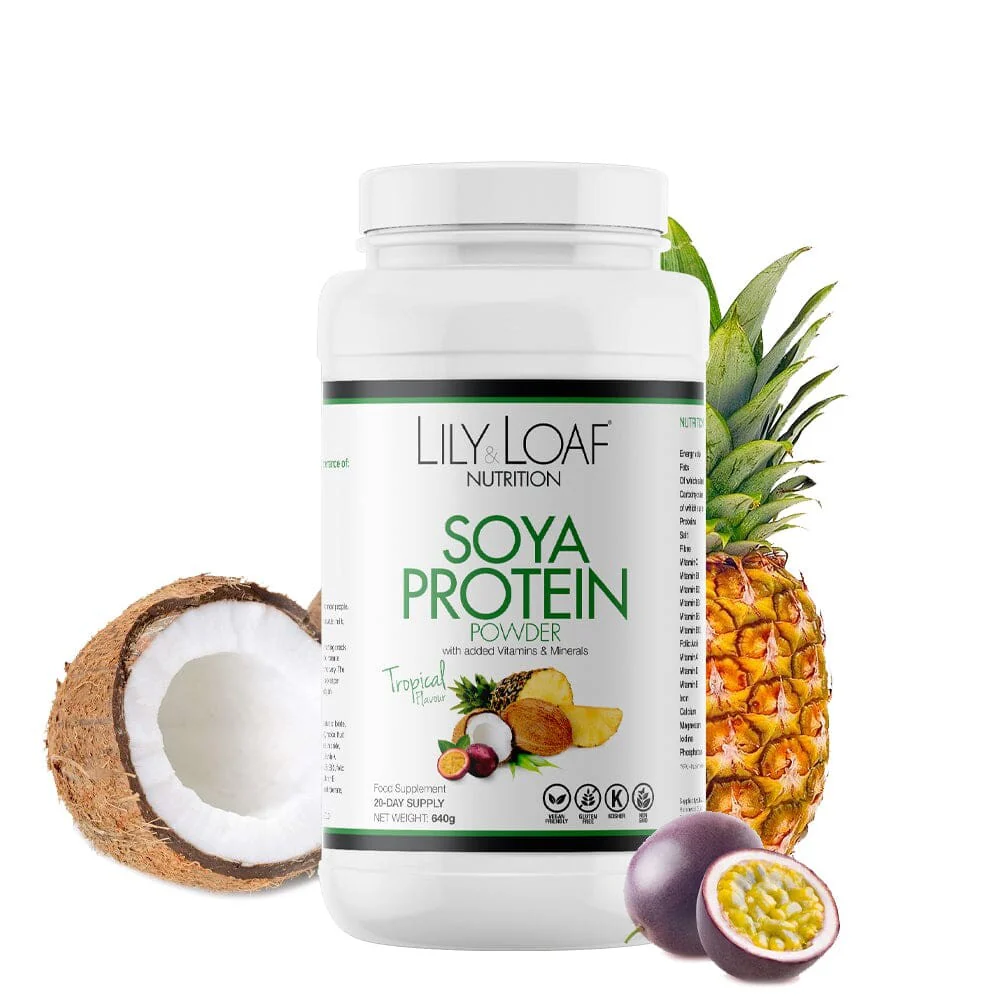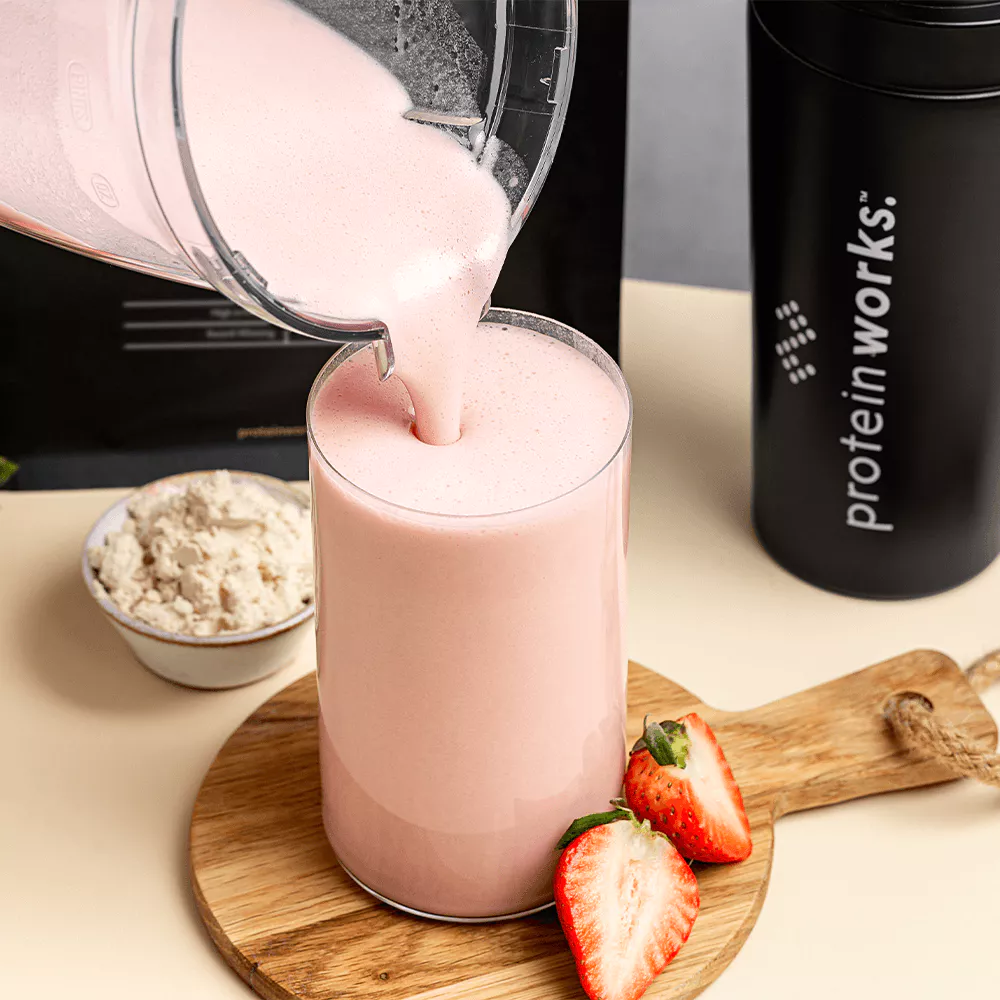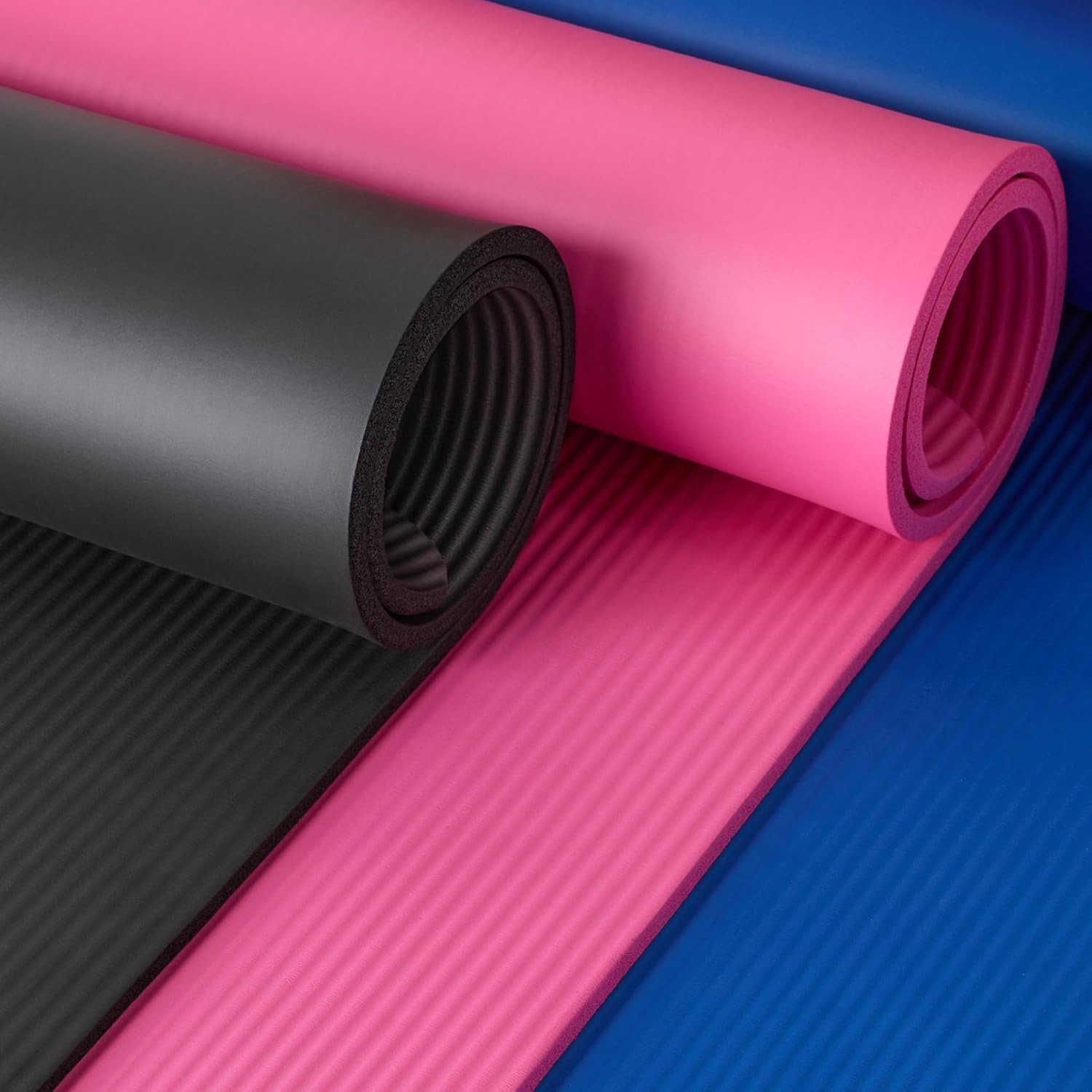Introduction to Protein Powder and Cooking
The world of fitness and health often buzzes about protein powder. It’s seen as a must-have for muscle-building and recovery after workouts. But protein powder isn’t just for shakes and smoothies. You can cook with it too. In this section, we’ll explore the ins and outs of using protein powder in cooking. We’ll debunk common myths and ease your concerns about heat and nutritional value.Can you cook protein powder?
There’s good news: you can heat protein powder without losing its benefits. Whether you’re whipping up a batch of pancakes or mixing it into oatmeal, protein powder can boost your meal’s nutrition. And it’s not just for gym-goers. Even in your home kitchen, protein powder can be a versatile ingredient. Let’s break down the information and clear up the confusion about cooking with protein powder.

Denaturation of Protein Explained
The concept of denaturation is crucial when we discuss cooking with protein powder. Can you cook protein powder?Denaturation is when the protein’s structure changes due to heat. But, good news: its amino acids, the protein’s building blocks, remain intact.
What Exactly Is Denaturation?
Denaturation happens when proteins, due to heat, unfold from their complex structures. Imagine straightening a curly ribbon with a scissor’s edge. The ribbon’s length and material don’t change, only its shape.
Does Denaturation Impact Protein Quality?
Contrary to some beliefs, denaturation doesn’t mean loss of nutritional value. It’s a natural process, just like when our bodies digest food. Our stomach enzymes denature proteins to help us absorb them. So, cooking with protein powder is pretty similar to how our body prepares the proteins for absorption.
Can You Still Get the Benefits?
Absolutely! Cooked or heated, the amino acid profile of protein powder stays beneficial. Our bodies can utilize these amino acids effectively, even after denaturation. Heat might reform the protein’s structure, but the make-up essential to our nutrition remains unharmed.
In summary, denaturation restructures proteins but doesn’t degrade their nutritional value. When you cook with protein powder, you’re still reaping all its benefits. Keep in mind, the ability to denature shows protein’s versatile nature and its adaptability in different cooking methods.

Heat Stability of Various Protein Powders
When it comes to cooking with protein powder, heat stability is key. Different protein powders react differently to heat, making some better suited for cooking than others.
Understanding Heat Stability in Protein Powders
Heat stability refers to how protein holds up when exposed to heat. Stable proteins don’t change much, maintaining their structure and nutrition. However, proteins that aren’t heat-stable may break down, losing some nutritional value.
Factors like source and processing affect a powder’s heat stability. Whey, casein, and plant-based proteins all react uniquely when heated.
Whey Protein and Heat
If you heat whey too much, it might denature, potentially changing its digestion rate. Yet, moderate cooking temperatures keep its amino acids intact.
Casein Protein and Cooking
Casein is known for its slow digestion. It’s more heat-stable than whey, making it great for cooking. You can bake or add it to hot dishes without much worry.
Plant-Based Proteins in the Kitchen
Plant-based proteins, like soy or pea, are very heat-tolerant. These powders can withstand high temperatures, opening up many cooking possibilities. They can be a top choice for vegan diets or those with milk allergies.
In summary, various protein powders differ in heat stability. Choose a protein suitable for your recipe’s temperature. Remember, while heat can denature proteins, the nutrition your body needs often remains accessible.
Impact of Cooking on Nutritional Value
When you add heat to protein powder in cooking, it’s logical to wonder if it loses anything important. In fact, the impact of cooking on the nutritional value of protein powder is minimal. Here’s why:
Heat and Amino Acids
Heating protein can change its shape. This process, called denaturation, doesn’t hurt the amino acids. Your body still gets the protein it needs from your cooked dishes. This is great news for anyone wanting to mix protein powder into their cooking routine.
Cooking Methods Matter
Not all cooking methods are the same. Gentle heat, like baking or steaming, has little effect on protein’s nutrition. On the other hand, very high temperatures may cause more significant changes. Even then, the core nutrients of protein powder survive.
Protein Quality After Cooking
Cooking with protein powder can sometimes help your body use the protein better. The heat can make protein more digestible, enhancing its absorption into your body. This means not only is the quality maintained, but it could be improved.
No Serious Nutritional Loss
Worries about losing the ‘good stuff’ when heating protein powder are often overblown. Most cooking temperatures used at home don’t damage the powder’s nutritional value. You can bake, mix, or stir it into your recipes with confidence.
Overall, cooking with protein powder doesn’t diminish its nutritional content significantly. In many cases, it might even enhance the protein’s digestibility. So, feel free to use protein powder in various recipes without stressing over nutrient loss.

Safe Cooking Temperatures for Protein Powder
When heating protein powder, knowing the right temperatures is essential for best results.
Why Temperature Matters
Higher cooking temperatures can cause protein to denature more drastically. Use moderate heat.
Best Temperatures for Cooking with Protein Powders
Keep your baking or frying below 350°F. This prevents significant protein loss.
Tips for Heat and Protein Powder
- Bake with moderate heat, around 325°F to 375°F.
- For stovetop cooking, avoid high flames.
- Stir protein powder into warm, not boiling, liquids.
- Check internal temperatures of foods to prevent overcooking proteins.
Remember, can you cook protein powder? Yes. Use moderate temps for protein integrity. Happy cooking!
Creative Ways to Incorporate Protein Powder in Meals
Creative cooking often means adding a twist to your usual recipes. Protein powder can be that special twist. Here are some practical ideas on how to add protein powder to everyday meals.
Use It in Baked Goods
You can easily mix protein powder into your baking recipes. Try it in bread, muffins, or pancakes. It blends well and boosts protein content. Just remember to adjust liquid amounts accordingly.
Stir Into Hot Cereals
Add protein powder to oatmeal or other hot cereals after cooking. It mixes well and doesn’t affect the taste much. Your breakfast becomes more filling and nutritious.
Upgrade Your Soups and Stews
Mix protein powder into soups or stews. Make sure to do it at the end of cooking. This way, it thickens the texture and adds a protein punch.
Make Protein-Packed Snacks
Energy balls or homemade protein bars are great snacks. Use protein powder in your recipes for an extra protein boost.
Enrich Your Smoothie Bowls
Sprinkle or blend protein powder into your smoothie bowls. It thickens them and ups the protein.
Create High-Protein Desserts
Try protein powder in desserts like cookies or pudding. It’s a guilt-free way to enjoy a sweet treat.
Add to Coffee or Tea
For a quick protein fix, stir some protein powder into your coffee or tea. Ensure it’s a well-mixed and smooth consistency for the best experience.
Incorporate Into Salad Dressings or Dips
Blend protein powder into salad dressings or dips. It’s an easy way to add protein to your meals.
Use in Homemade Pasta or Pizza Dough
You can make high-protein pasta or pizza dough by adding protein powder. This means your carb-heavy meals now have a better balance.
Incorporating protein powder into meals is simple. With these tips, you can boost the nutritional value of almost any dish. Remember to maintain a balanced diet for the best health benefits. And don’t be afraid to experiment in the kitchen with protein powder!
The Role of Protein Powder in a Balanced Diet
While protein powder is a helpful supplement, it’s not a diet’s cornerstone. Let’s look at how it fits into a balanced diet.
The Place of Protein Powder
Protein powder should complement, not replace, whole foods. Use it to fill gaps in your daily protein intake. It’s easy and convenient, perfect for busy lifestyles.
Whole Foods Are Vital
Don’t forget natural protein sources like meats, beans, and nuts. They offer vital nutrients beyond protein. A diet rich in various whole foods provides a broader range of nutrition.
Variety Is Key
Mix up your protein sources. This ensures you get diverse nutrients your body needs. Include protein powder alongside other healthy foods for the best results.
Balance Your Meals
Remember to balance your protein intake with carbs and fats. This helps maintain overall health and body function. Protein powder is just one part of the meal equation.
Don’t Overdo It
It’s possible to have too much protein. Stick to recommended amounts. Overconsumption can lead to unnecessary strain on your body, particularly your kidneys.
Incorporate protein powder into a well-rounded diet to optimize health. Pair it with exercise for greater benefits. It’s a supplement, not a sole source, of your daily protein needs.

Tips for Using Protein Powder Without Cooking
Now that we’ve explored how protein powder holds up to heat, let’s discuss no-cook uses. Here are simple ways to get your protein fix without turning on the stove or oven.
Mix into Cold Beverages
Add protein powder to cold drinks like shakes, smoothies, or even cold coffee. All it takes is a good shake or blend to mix it in smoothly.
Sprinkle Over Food
You can sprinkle protein powder over cereal, yogurt, or salad. It adds a protein boost with no cooking needed.
Make No-Bake Treats
Try recipes for no-bake protein bars or energy balls. These treats are easy to make by mixing protein powder with ingredients like oats and honey.
Use as a Thickener
In cold soups or sauces, protein powder can thicken without heat. Just whisk it in until it’s well combined.
Craft Homemade Protein Spreads
Combine protein powder with nut butter or mashed avocado for a spread. It’s perfect for toast or fruit slices.
Prepare Overnight Oats
Stir protein powder into your overnight oats mixture. By morning, you’ll have a creamy, protein-packed breakfast ready to enjoy.
Create Protein Pudding or Mousse
Mix protein powder with milk or a dairy-free alternative to make a pudding. Chill it in the fridge, and you’ll have a sweet, high-protein dessert.
Embracing these no-cook methods allows you to enjoy protein powder in a variety of ways, ensuring you can supplement your diet easily. Remember that balance is key; these are just some creative options to enhance your intake of this essential nutrient.



